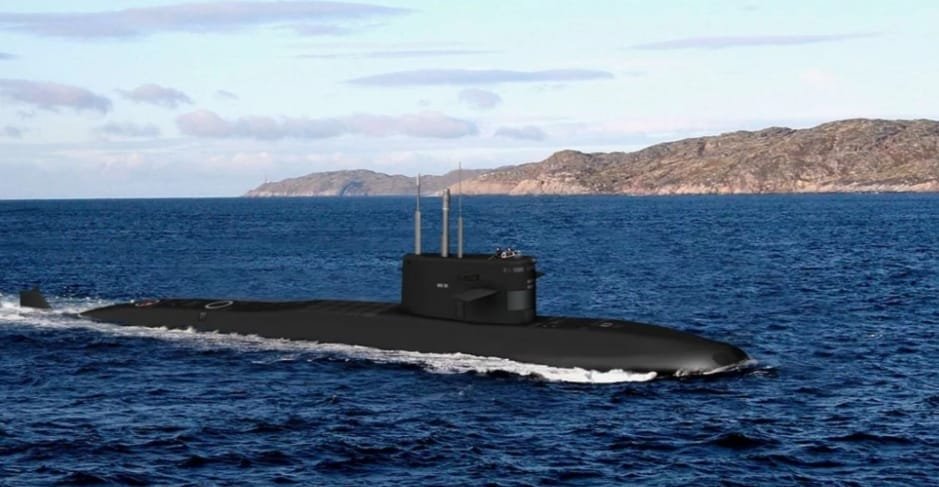
Russia to unveil new Amur 950 attack submarine at Moscow’s Army 2024 exhibition
On August 8, 2024, the Russian Rubin Central Design Bureau announced that it will present a model of the Amur 950 attack submarine at the Army-2024 exhibition, scheduled to be held in Kubinka, Moscow Region, from August 12 to 18. This event will mark the first public presentation of the Amur 950, a submarine specifically designed for export and equipped with ten vertical launch systems (VLS) for BrahMos missiles.
The Amur 950 is an export-oriented version of Project 677, also known as the Lada-class submarine. The Amur-class submarines, named after the Amur River, are promoted as modernized versions of the Kilo-class submarines, featuring improved acoustic stealth, advanced combat systems, and the option for air-independent propulsion (AIP). The Amur 950 is equipped with ten vertical launch systems capable of firing salvos at multiple pre-designated targets.
Described by the Rubin Central Design Bureau as a “naval floating battery,” the Amur 950 is designed to deliver preemptive strikes against enemy ships and coastal infrastructure. It is also noted for its low noise levels and advanced hydroacoustic systems, which enhance its suitability for reconnaissance and covert surveillance. The submarine can operate autonomously for up to 30 days and reach a maximum underwater speed of 20 knots, allowing it to operate within a range of 1,000 miles from the shore.
The Amur 950 has a displacement of approximately 1,000 tons, a length of 58.8 meters, a beam of 5.65 meters, and a height of 6.4 meters. The crew size is 19, reflecting the automation in its systems. The submarine’s armament includes four 533 mm torpedo tubes and a total ammunition capacity of 16 units, comprising torpedoes, missiles, or mines. The Amur 950’s design is intended to be cost-effective and operationally efficient while maintaining a significant level of combat capability.
The development of the Amur 950 is based on technologies and solutions from the Amur 1650 project, another export version of the Project 677 submarine. The design includes a single-hull architecture, an integrated automated combat control system, and an electric propulsion system using a synchronous all-mode motor with permanent magnets. These features are designed to reduce noise and improve energy efficiency, even at low speeds.
According to the Rubin Central Design Bureau, the Amur 950’s smaller size and technological features make it a suitable platform for the development of submarines tailored to the specific requirements of different navies. The submarine’s modernization potential allows for the integration of equipment from various suppliers, making it adaptable to the needs of naval forces worldwide.
The Amur-class submarines are designed to function in a range of environments, from shallow coastal waters to deep oceanic zones, and in various weather conditions, excluding areas with solid ice cover. The submarines’ sonar systems are intended to improve target detection capabilities, while their stealth features are designed to make them suitable for covert operations.
At the Army-2022 forum, another design, the Amur e600, was introduced, featuring all-electric propulsion and lithium-based battery technologies aimed at providing an endurance of up to 17 days. It remains uncertain whether this design will proceed to construction. Rubin also presented the Arcturus class, noted as the next generation of Russian ballistic missile submarines (SSBNs), aiming to replace the existing Borei class by 2037.
Additionally, Russia has offered India the joint development of the Amur 1650 submarine as part of India’s competition for the supply of six submarines announced in 2021. However, concerns have been raised about the pace of the Amur-class project, which may not be completed before 2030, leading India to consider alternatives, such as the Kalvari-class submarines.


